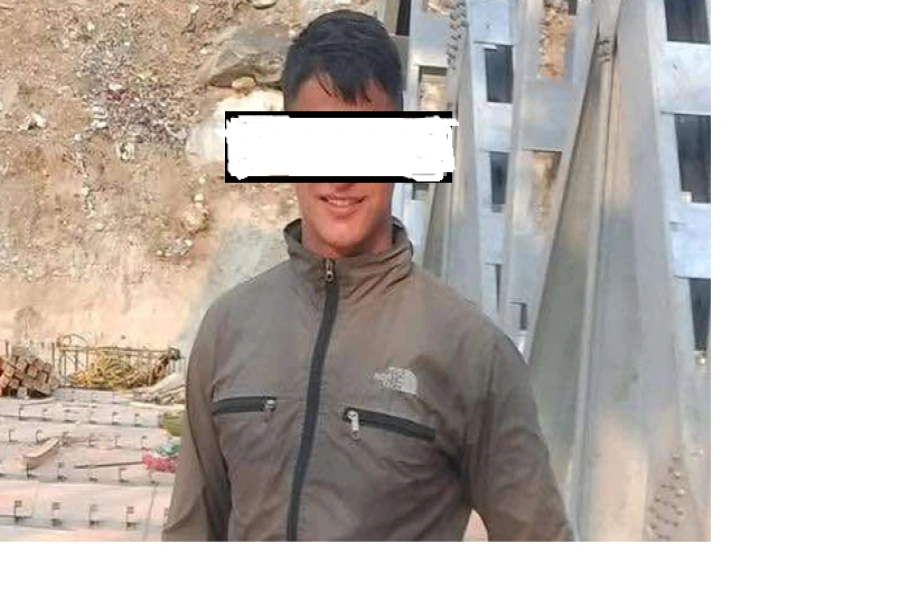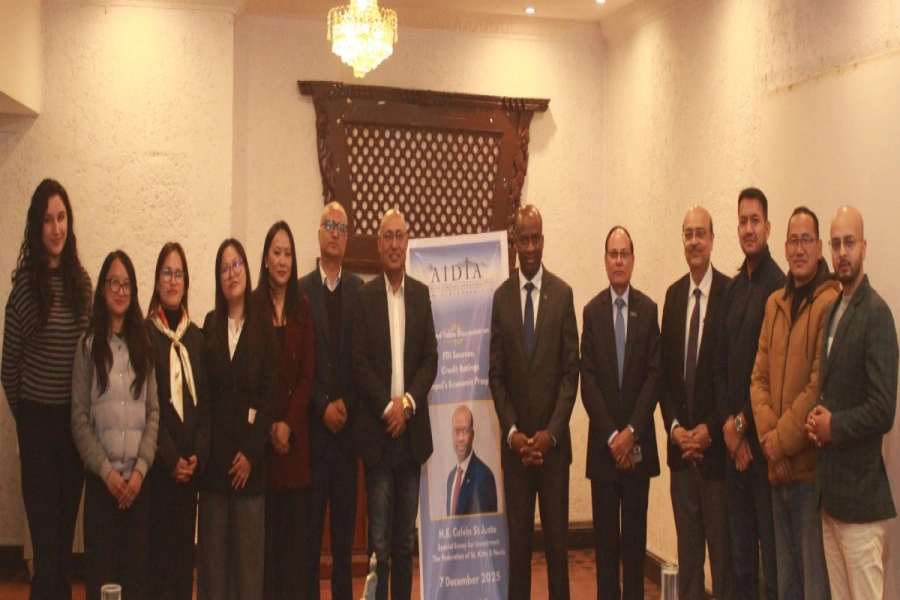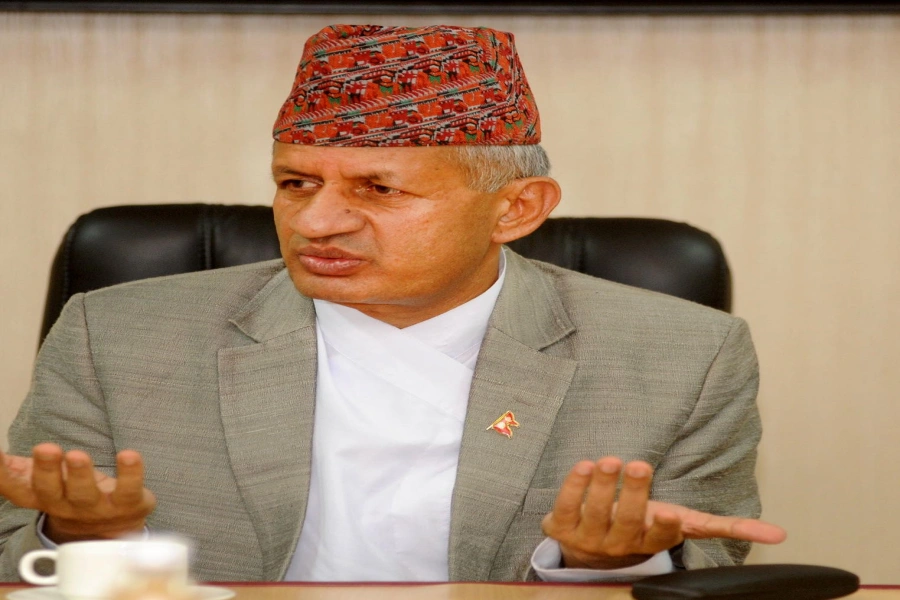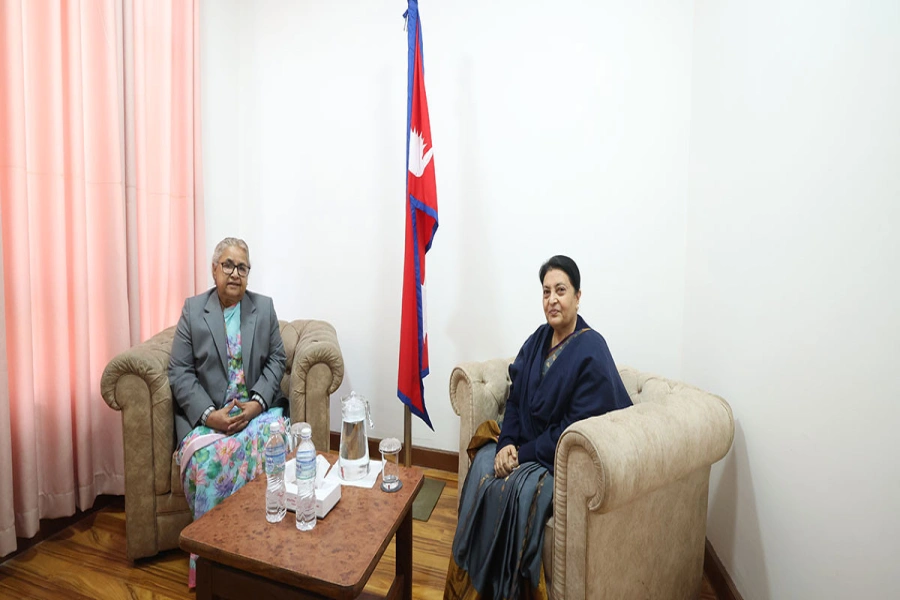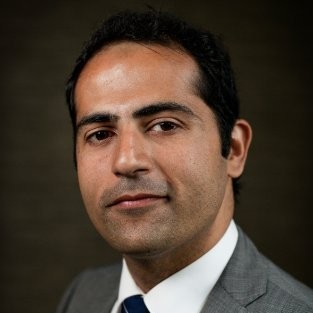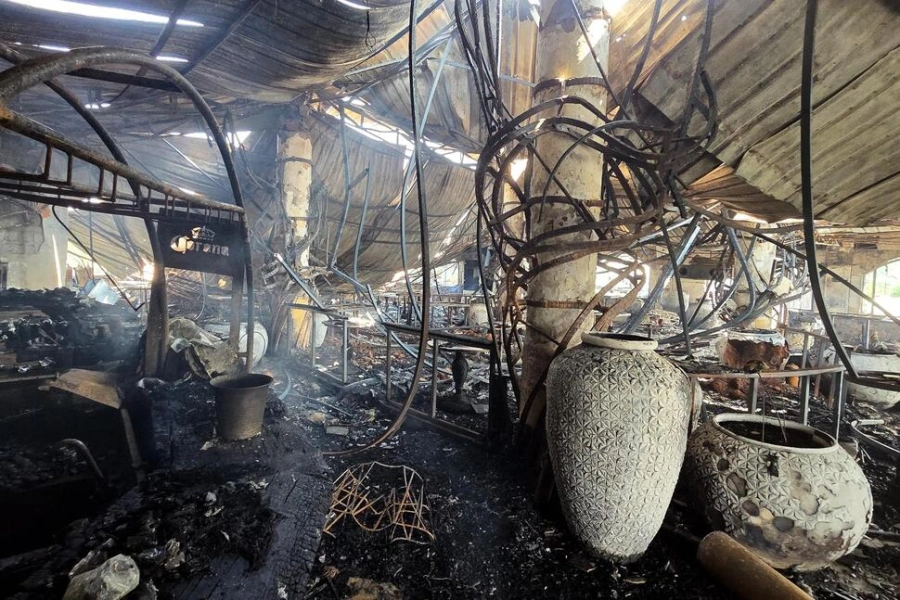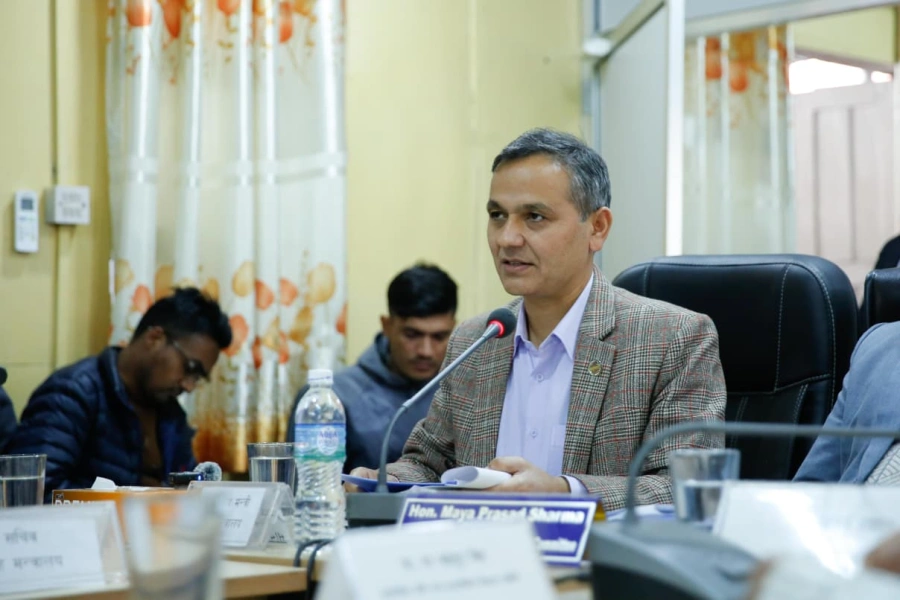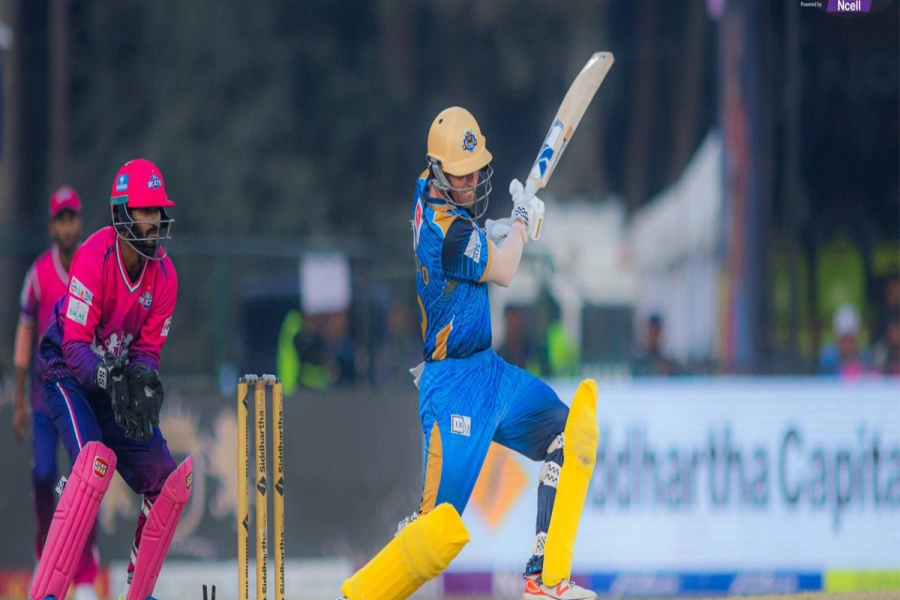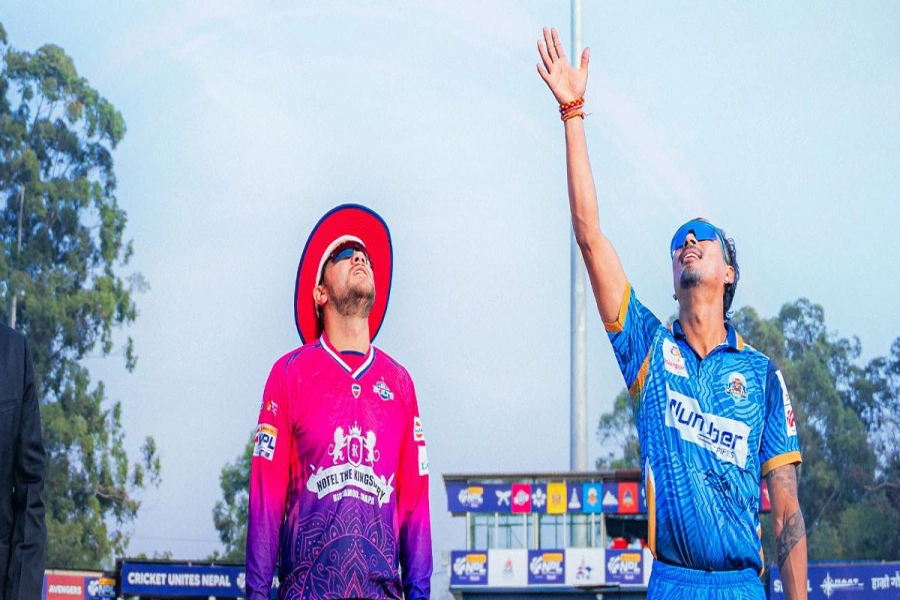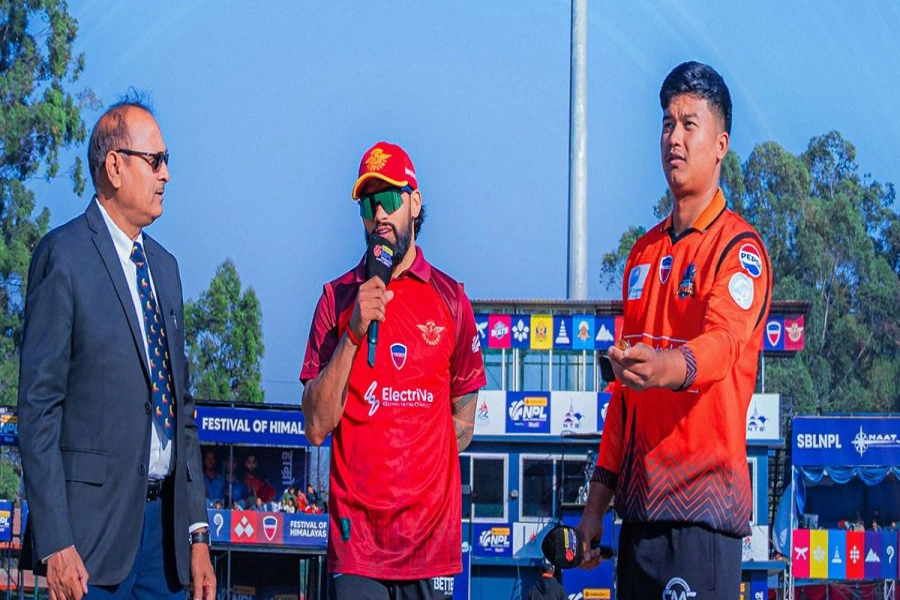The deep-seated stigma against menstruation and disability has led to biased and prejudice
understanding of the issue and triggered discriminatory practices at the cost of their wellbeing
Couple of years ago in Kathmandu, parents of an autistic young girl mentioned that she had reached the adolescent phase and this has added to burden of care. In addition to everyday caring, they said, they should take care of her when she menstruates, which comes with several personal hygiene needs and their management. They said that, unlike in her childhood, it has been difficult for them to take care of her now.
This is an illustrative example of hundreds of thousands of adolescent girls and women with disability in Nepal and beyond struggling for access to Sexual and Reproductive Health (SRH) care services in general and personal hygiene linked to Menstrual Hygiene Management (MHM) in particular. However, the extent of problems one faces varies from culture, context, community and country.
The impact of disability goes far and wide, leaving a substantial effect on all aspects of one’s life with far-reaching consequences, mostly adverse. Generally, managing the SRH needs demands specific services and facilities in case of People with Disabilities (PwDs).However, these facts are either less recognized, or misunderstood or overlooked. These needs are unheeded at individual, family, community and surprisingly at the health system levels. The entrenched stigma, along with lack of awareness, against menstruation and disability has made the situation more complicated. Consequently, such cases have not only remained hidden for ages in our communities and country, but also not adequately recognized as social problems. As a result, this has caused further sufferings to a substantial group of population.
Ironically, evidence has shown that 80 percent of PwDs throughout the globe live in low and middle-income countries. This indicates the density of disability in one part of the globe along with significant degree of struggles and challenges PwDs are facing in their everyday life with almost no or minimal services.
EC closely observing and monitoring by-election silence period

Nepal is no exception. There are challenges to managing menstrual hygiene for adolescent girls and women with various forms of disabilities during their period. Social stigma, myths, misconceptions and cultural notion of purity have led to harmful social practices. Chhaupadi, a deeply rooted menstrual taboo where a woman and a girl is prohibited to carry out normal activities and are forced to live in isolation in sheds/huts during menstruations, has not been completely abolished yet.
In May 2005, the Supreme Court of Nepal banned Chaupadi system and issued a directive to formulate laws to eliminate the practice. Laws have also been formulated but ground realities have not changed. This malpractice has led to poor hygiene directly impacting health and well-being of adolescent girls and women. For persons with disability, it is even worse.
There are increasing cases of girls and women being subjected to sexual abuse, even death, while being in Chhau sheds. In March 2019, National Human Rights Commission (NHRC) reported that 15 girls and women have died in Chhau sheds in the last 13 years.
Legal instruments
The Constitution of Nepal has defined health as a fundament right of the citizens. Thus all governments are constitutionally mandated to ensure that health needs of people are addressed without any discrimination. The responsibility for addressing the concerns of PwDs lies on the local governments. In line with the constitution, National Adolescent Development and Health Strategy (2018) and National Health Policy (2017) have been formulated. There are provisions to ensure sexual and reproductive health to promote healthy menstrual hygiene practices among adolescent girls through a comprehensive set of skills and knowledge. Safe Motherhood and Reproductive Health Act (2018) also aims to improve women’s reproductive health and rights.
Globally, several conventions and universal goals have been endorsed for the promotion of access to services and protection of PwDs. The Convention on Rights of Persons with Disability (CRPD) is one such framework. It urges states to remove economic, social, cultural, attitudinal, communication and physical barriers that aid discriminatory and exclusionary practices for ensuring rights of PwDs.
Sustainable Development Goals (SDGs) have also recognized the concerns of PwDs, which were utterly absent in Millennium Development Goals (MDGs). This has led a goal of Universal Health Coverage (UHC) with the slogan of leaving no one, including the people with disabilities, behind.
During Global Disability Summit in 20l8, several nations, donors and multilateral organizations expressed commitment for strengthening inclusive approaches relating to women and girls with disabilities to tackle the taboos and denial of their rights to information, advice, and autonomy around their sexual and reproductive health, including menstrual hygiene, particularly for those with psychosocial and intellectual disabilities.
Realities on ground
Despite all this, PwDs in Nepal still encounter numerous challenges while accessing services and facilities and support for SRH and personal hygiene or menstrual hygiene management. The deep-seated stigma against menstruation and disability in society has led to biased and prejudice understanding and triggered discriminatory practices at the cost of physical and mental hardships.
The truth remains that existing policies, provisions and legal frameworks have not been effectively implemented. Research on challenges facing PwDs has received a scant focus.
After 2015 earthquakes, initiatives have been taken for building menstrual health-friendly sanitation facilities in schools. Initiatives have been taken to ensure distribution of information, education, and communication (IEC) materials, trainings have been provided to adolescent girls to make sanitary pads and creating separate clean areas for changing pads at schools. Such initiatives should be further strengthened.
Empowering girls and women with disabilities is vital. An integrated effort from concerned authorities and actors working in the area of SRHR have to be synergized to ensure SRH services, including menstrual health and hygiene facilities without compromising quality. This is another essential enabler for people with disabilities to move from isolation to inclusion.
Recognizing health as fundamental right in the constitution and developing policies alone does not help. We need to act to translate policy obligations into solid actions to bring a meaningful change in the lives of people who have been neglected.
Chand and Giri are health researchers at HERD International





